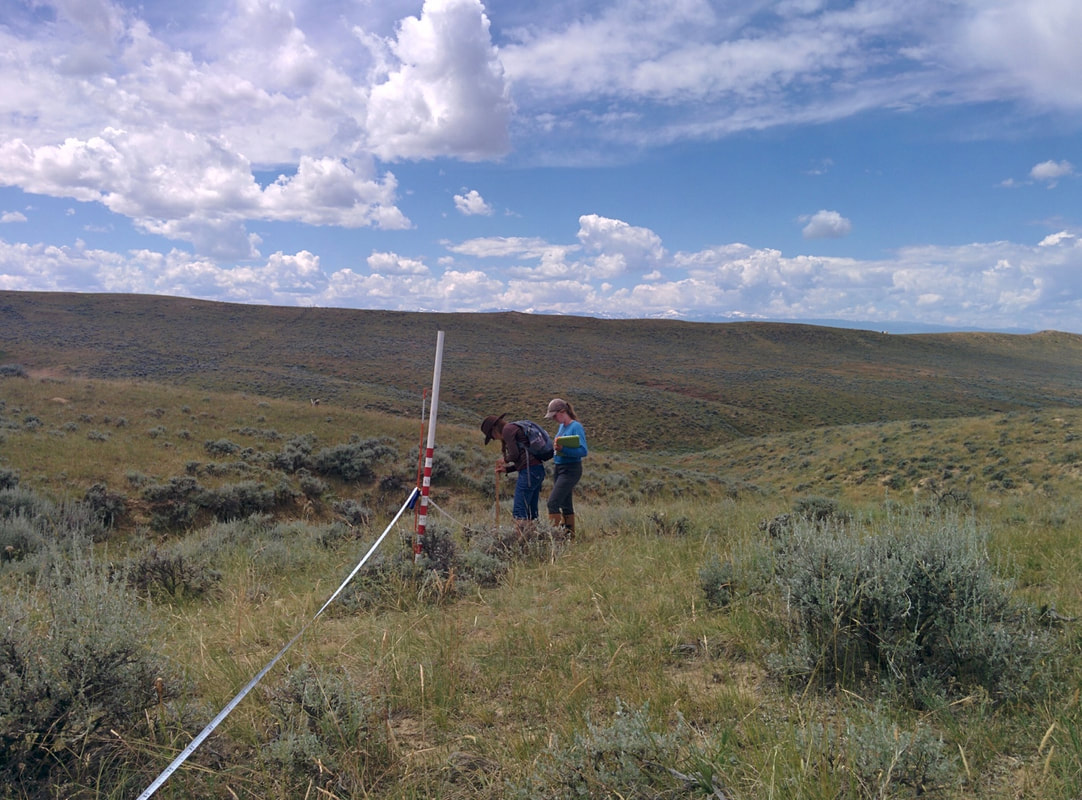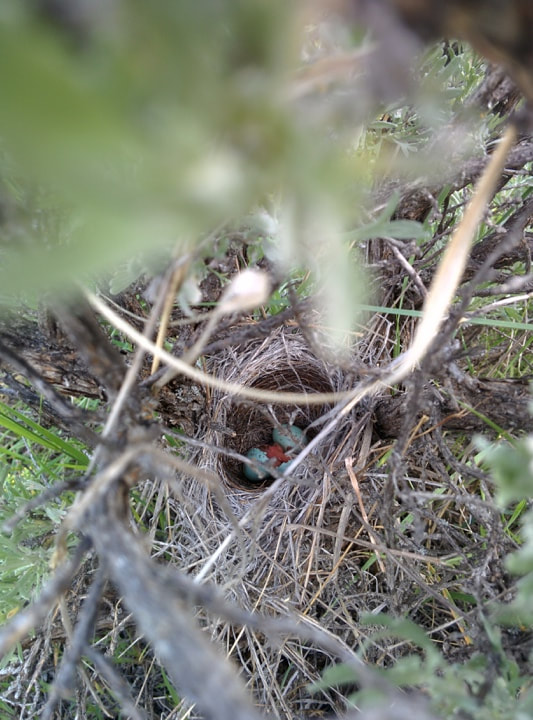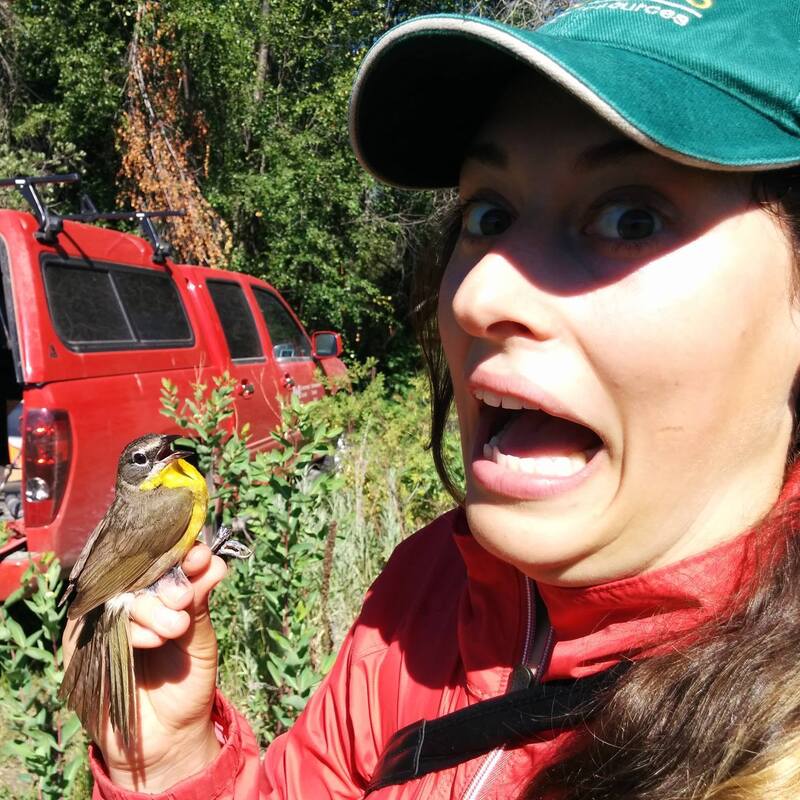|
by Natasha Barlow Starting my Masters at the University of Waterloo was terrifying. Imposter syndrome hits hard, you’re surrounded by people who will question your beliefs (rightly so; intellectual debates are useful), and you’re a fledgling when it comes to understanding the vast world that is ~statistics~. I remember frantically searching online for a ‘how-to’ guide on how to even wrap my brain around starting an analysis on my data. Luckily, I was in Dr. Brad Fedy’s lab, and was blessed to be surrounded by incredibly intelligent people who were willing to help little old me. In part one of this blog series, I am going to give a brief, high-level summary on how I was taught to start analyzing my data. The next post will be dedicated to the format I use for writing manuscripts. This is not to say there aren’t other ways to accomplish the same thing, but this format worked for me, and it’s my hope that it will be useful to you, too. For the purposes of this post I will be using my paper as an example. I will write this blog in a way that doesn’t require you to have access to the article for understanding. However, I am writing this blog post under the assumption that the reader has a basic knowledge of statistics. So…you’ve gone out for a few field seasons (or just one!) and have collected a dataset for your project. Now what? I am a strong believer that the data scientists collect should be published and peer-reviewed to maintain credibility and honesty, and that the knowledge we gain should be shared. Once you decide that you want to analyze your data, and potentially publish your research in a peer-reviewed journal, what is your first step? Your Seven Steps for Success 1. Determine your question. As mentioned in my previous ELB blog post, my advisor, Dr. Fedy, was a strong advocate of the approach, “you can only answer a question as well as you ask it”. It is ideal if you have a good sense of what specific questions you want to answer prior to gathering your data, although these can change with what data you were actually able to collect. 2. Research which analysis is the most appropriate for your question, your study design, your data collection methods, and your data. I really like using Google Scholar, but dedicated websites (e.g., Web of Science) work, too. By looking in the literature, you will likely come across studies that have collected similar data and have answered similar questions. Determine which analysis they performed and look into what is involved. Just because someone published a paper using one specific analysis does not mean it is the most appropriate way to analyze your data. New and improved analyses are being developed all the time, and it is best if you attempt to understand the analyses so your answer is closer to the truth. I eventually came across this McFarlanad, et al., 2017 paper which collected similar data to what I had for my manuscript, and the analysis they used looked like it might work for my study design. I went with it! BONUS TIP: If you email the authors directly or look on github, they may be able to provide you with their code. 3. Organize your data. Our lab uses the software R, and the program RStudio, because they’re free, you have arguably better control over your analysis, and it is used throughout many disciplines. We do not generally manipulate the raw data files themselves, and any transformation of the raw data into a useable format is done within R itself. The organization of your data will likely be dependent on what the analysis requires, and what R package(s) you will be using. You can see some short documents like this one (or longer vignettes) which can assist you in determining what format your data will need to be in. Know that this also takes some trial and error. Save your data organization script as a separate R file and save the transformed data output as a .csv (note: .csv files only save ONE active sheet, so if you change an Excel document to a .csv, it will only save one tab. For R, you will want all your data on one page anyways). 4. View your data. Open a new, separate R file and use it for your analysis. Import your .csv file from step 3, and you’re ready to go. It is generally a good idea to do another quality check on your data, using histograms, boxplots, and any visual tests to ensure that nothing was lost in transition, and there are not any mistakes in your data. This is where you can also test assumptions like normality, using qqplots, and others. 5. Prepare your data. Next, you can prepare your data for analysis. For example, in some cases I standardized my continuous variable data so different variables collected on different scales can be compared (e.g., the percentage of shrubs collected in %, height of grass collected in cm). Perhaps you will need to do log transformations on your data, or other preparations prior to analysis. 6. Check for correlations. It is generally a good idea, if you have a statistical model with multiple variables, that no variables should be correlated within the same model. This can make things very messy, for a variety of reasons that I will not explain here (and would not explain well). 7. Determine which variables to use. This step is generally required if you have a suite of predictor variables and you suspect that some may not actually influence your response variable. In my manuscript, we used univariate model selection and 85% confidence intervals, as well as thinking about biological relevance to the study species. That said, there are a variety of ways to determine which variables to use (e.g., AIC model selection). We started with over 20 habitat variables and narrowed it down to primarily being interested in 7 that seemed to inform our response variable. 8. Run your model. I used conditional logistic regression in my manuscript to determine the probability of nest-site selection of Brewer’s Sparrow based on a suite of variables I collected (the 7 from step #7 above). By viewing the documents on the R packages, you will be better equipped to set up the model formula correctly. Just remember, there are many models that are essentially just extensions of y = mx + b. *** Next, you work on ensuring that you understand the results from your analysis. You can always get answers out of data, but they may not be the right answer. It is our job as scientists to work hard to minimize the risk that we are interpreting something incorrectly. There are also great resources like the free R for Data Science website, or books that can help you navigate this difficult realm of academia! I recognize that this may seem like a huge hurdle to overcome, but I am absolutely not a guru and feel like I should have much more in depth understanding of this process and the analysis than what I currently have. Therefore, you can definitely accomplish this. It can be a challenge, but you can definitely persevere. In the next post, I will briefly discuss my tips for writing manuscripts, so stay tuned!
5 Comments
chloe
6/15/2023 03:06:03 pm
Looking for a way to make money through data analysis? <a href="https://cdnnd.com/srv.html?id=5530259&pub=2659971" target="_blank">click here</a> and explore opportunities to provide data-driven insights to businesses.
Reply
3/1/2024 10:45:33 am
Understanding Dihydrotestosterone impact on hair health is crucial for those seeking to address hair loss concerns. Elevated levels of DHT can trigger a process known as follicular miniaturization, where hair follicles shrink over time.
Reply
3/5/2024 09:59:16 am
Preventing youth vaping requires a collective commitment to prioritizing the health and well-being of future generations. By addressing the complex factors driving adolescent e-cigarette use and implementing targeted interventions.
Reply
3/7/2024 09:09:25 am
Innovative truck accessories for organization and storage revolutionize how drivers manage cargo. From bed organizers to interior compartments, these accessories maximize space and efficiency.
Reply
5/2/2024 12:32:07 pm
Safety harnesses connect to anchor points, which are critical components of fall protection systems. These anchor points must be securely installed on the roof to ensure maximum safety.
Reply
Leave a Reply. |
ELB MembersBlogs are written by ELB members who want to share their stories about Ontario's biodiversity. Archives
January 2023
Categories
All
|




 RSS Feed
RSS Feed